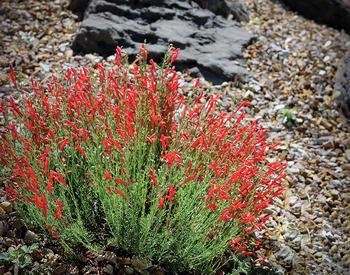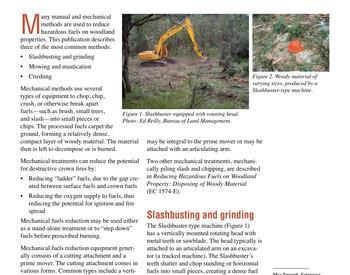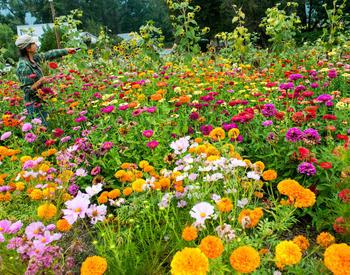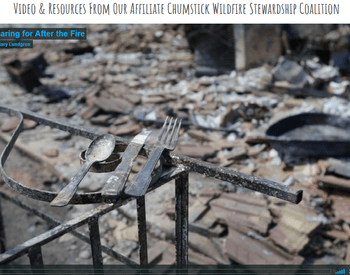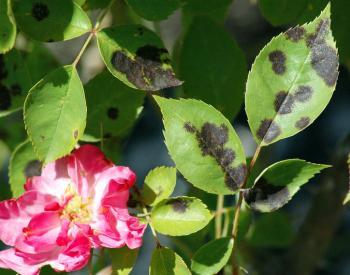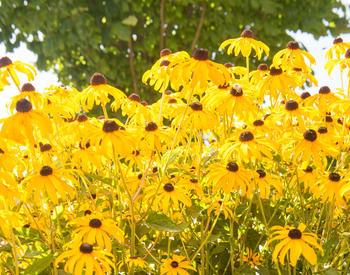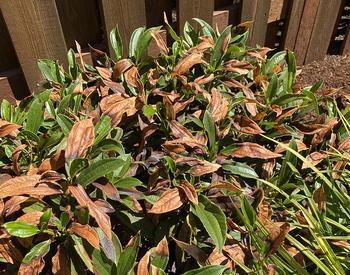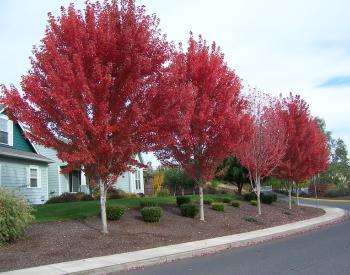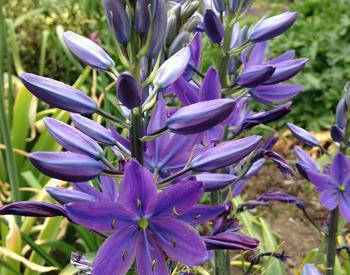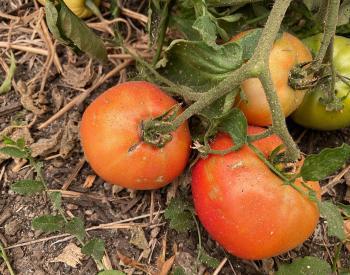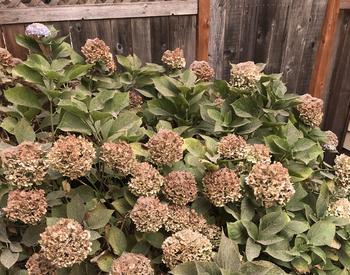[Music]
oh hi Paula hi Carrie how are you I'm
great well Carrie I hear you're
interested in developing a more fire
resistant landscape at your place yes
with the recent wildfires we've been
having I've been thinking a lot about
the risks that wildfires pose to both
our homes and our properties and so I
know you're a master gardener and think
a lot about uh planting principles and
and planting characteristics
so I'm really excited to learn from you
today well I know I'm going to learn
some things from you too Paula what
makes a plant fire resistant a fire
resistant plant is one that just doesn't
ignite readily and there's several
characteristics that make them that way
they have an open branching pattern they
don't accumulate dead or dying material
within the plant and the leaves are
moist and supple like this red flowering
current so Paula with this arraiy be
fire resistant no Carrie um Arbor VY has
a very tight branching pattern and
characteristically they collect a lot of
dead and dying material in the center of
the plant Arbor VY is not one you want
to plant next to a structure not many
evergreens are fire resistant because
they contain resins that are highly
flammable Oregon State University
extension service just published a new
fire resistant PL plant guide that shows
in here that flowering dogwood is a good
example of a fire resistant tree to
plant it is it has an open branching
pattern it doesn't collect dead material
inside the plant and its leaves are wide
moist and supple so it's a great option
for a fire resistant
tree you know Carrie using fire
resistant plants and non-combustible
materials can help reduce the risk of
fire danger to your to your structures
like your chicken coop well Paula you
know I love my chicken
coop and you know best practices tell us
that right up against the structure we
shouldn't have any combustible material
not even those fire resistant plants um
because if a a plant does start on fire
it can actually start that structure on
fire another consideration to uh think
about is plant spacing when you're
planting your plants out the best
principle along the ground is to just PL
Clump them into small clumps with plenty
of space in between those so that fire
can't jump from plant to plant you know
the same principles apply for trees you
want to think about their um diameter
and how tall they'll get by the time
that they reach maturity and you want to
plant accordingly with enough space
space horizontally and vertically so
that fire doesn't like climb that ladder
through the canopies to your roof
line you know you don't have to spend a
lot of money to create a beautiful fire
resistant landscape well I love the
sound of that what are my options let's
ask for some help
[Music]
okay hi hi there do you think you could
help us try to find lowcost options for
fire resistant plants sure right this
way some trees and shrubs are available
as be root plants which brings the cost
down quite a bit and makes planting
easy you can also choose to plant
smaller plants takes a little more time
for them to get established but they're
well worth the investment do you have
any established plants establish
perennials that you might be able to
work with um I've got Shasta daisies
yeah Shasta daisies are a great
candidate could in the fall through
winter dig them up split them up and
disperse them throughout your yard can I
ask you one more question yeah so I'm
looking for a native species that's both
drought tolerant and fire resistant do
you have anything like that yeah sure
right this way
okay a lot of native plants particularly
native perennials combine both drought
tolerance and good fire resistance Yaro
here or Western Coline are good examples
okay thank you so much you've been
incredibly helpful thanks let me know if
there's anything else I can do to help I
[Music]
will it seems that utilizing fire
resistant plants is one way I can reduce
the risk of wildfire affecting the
things I care about most on my property
it absolutely is buying fire resistant
plants and then placing them
appropriately in your landscape is a
great strategy I've learned so much
today thank you so much for all your
knowledge and I've learned so much from
you see you
bye-bye for more information about
creating fire resistant Landscapes check
out the freely available resources at
extension.org state.edu or contact your
local Extension Office
[Music]

